How To Find Wifi Camera Port Number?
Finding the port number for a WiFi camera involves several steps, which, although straightforward, can be slightly challenging for beginners. For tech enthusiasts, security professionals, and home automation hobbyists, understanding the process can help in effectively managing and optimizing their WiFi camera setup. This article aims to provide a detailed guide on locating and utilizing the port numbers of WiFi cameras.

Understanding Port Numbers and Their Importance
WiFi cameras provide a convenient way to monitor and secure spaces remotely. However, for remote access and integration into larger security systems, these cameras need to communicate over a network using IP addresses and port numbers. A port number is a unique identifier that allows data to be sent and received between devices on a network. Knowing the correct port number is essential for tasks such as remote viewing, integrating with third-party applications, or ensuring seamless data flow in a network.
Step-by-Step Guide to Finding Your WiFi Camera’s Port Number
Step 1: Check the User Manual or Manufacturer’s Website
The first and simplest place to start is the user manual provided with your WiFi camera. Manufacturers often mention default port numbers in the device documentation. If the manual is not available, the manufacturer's website or support FAQs may contain the necessary information. Typical default ports are:
- HTTP Port: 80
- HTTPS Port: 443
- RTSP Port: 554
- FTP Port: 21
Step 2: Access the Camera’s Configuration Interface
Most WiFi cameras allow users to access a web-based configuration interface. To enter this interface:
1. Connect your computer to the same network as your WiFi camera.
2. Open a web browser.
3. Enter the camera’s IP address into the browser’s address bar. You can usually find the IP address in the camera’s user manual or by scanning your network with network discovery tools like "Advanced IP Scanner" or "Fing."
Once logged in, navigate to the network settings section, which may be labeled differently depending on the manufacturer (e.g., "Network," "Advanced Settings," or "Configuration"). Here, you should find details about the camera's port numbers.
Step 3: Utilize Network Discovery Tools
If the above steps do not reveal the port numbers, network discovery tools can help:
- Advanced IP Scanner: Download and install this software. Run a scan of your network; it will list all connected devices, including your WiFi camera, along with their IP addresses and open ports.
- Fing (Mobile App): Install Fing on your smartphone. Perform a network scan, and it should offer similar information as Advanced IP Scanner.
These tools are particularly useful for identifying any alterations to the default settings.
Step 4: Command Line Tools
For those comfortable with command-line operations, using built-in tools like `netstat` (Network Statistics) and `telnet` can provide the required information:
On Windows:
1. Open Command Prompt.
2. Run `netstat -a` to display a list of active connections and listening ports.
3. Identify the relevant ports of your camera by matching IP addresses and process names.
On macOS/Linux:
1. Open Terminal.
2. Use `netstat -an` to list active connections.
3. Verify the port numbers similar to the method above.
Step 5: Port Forwarding Configuration
Once you have identified your camera's port numbers, the next step is configuring your router to enable remote viewing. This involves setting up port forwarding:
1. Log in to your router’s web interface.
2. Navigate to the port forwarding section (usually under "Advanced" or "Firewall").
3. Create a new port forwarding rule, entering your camera’s IP address and port numbers.
4. Save the settings and reboot the router if necessary.
Troubleshooting Common Issues
1. Camera Not Accessible on Browser: Ensure that you are using the correct IP address and port combination. Check if your firewall settings or anti-virus software block the connection.
2. Port Conflicts: If a port number is already in use by another device, change the camera’s port number via the configuration interface and update the port forwarding rule.
3. Dynamic IP Issues: Use a Dynamic DNS (DDNS) service if your public IP address changes frequently. This will provide a consistent address to access your camera remotely.
Practical Applications and Advanced Tips
Secure Your Setup
Security should be paramount when configuring your WiFi camera for remote access:
- Change the default usernames and passwords.
- Use secure port numbers and avoid common ones like 80 or 443.
- Implement network encryption protocols wherever possible.
Integration with Home Automation Systems
Identifying your camera’s port numbers allows seamless integration with home automation systems such as:
- SmartHub (Home Assistant)
- Security panel integrations (e.g., Honeywell, DSC panels)
Monitoring and Alerts
By correctly configuring network settings, you can set up automatic alerts and monitoring through software applications that require accurate port configurations to function optimally.
Understanding how to find and configure the port numbers for your WiFi camera can significantly enhance your device’s functionality and security. This comprehensive guide provides a structured approach, from checking manuals to using advanced network tools and ensuring secure configurations. Whether you are optimizing your home security systems or integrating advanced monitoring solutions, this acquired knowledge empowers you to make informed decisions and establish a robust surveillance setup.


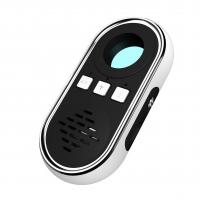
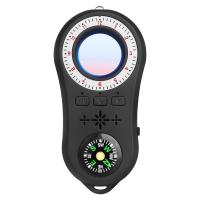

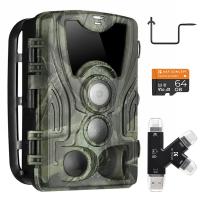
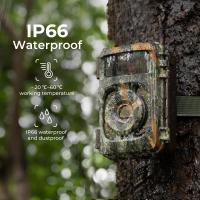



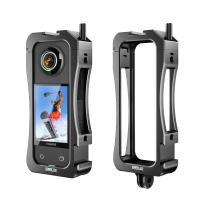
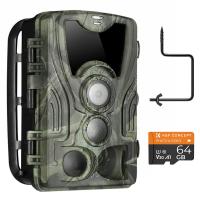
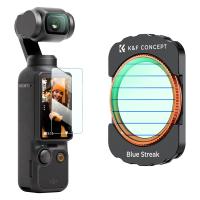



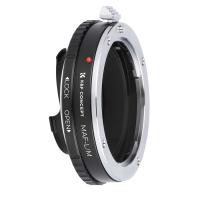


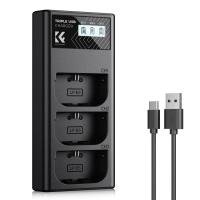
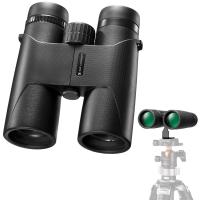


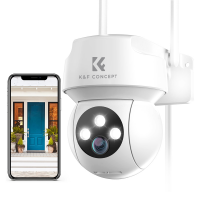







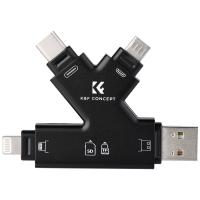

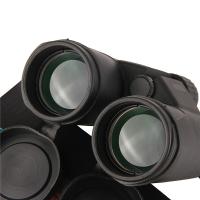



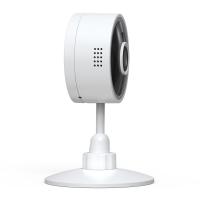



There are no comments for this blog.